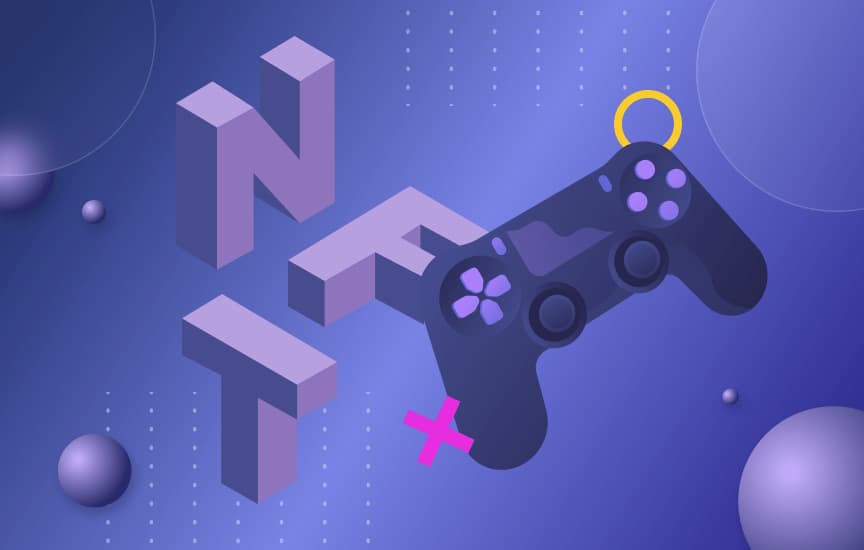Gaming is another sector of NFT development. Of course, blockchain games are not competitors to traditional games now, but this may change dramatically over time. Think of what cell phone games were like when they were first introduced and what they are now.
Blockchain games are bringing us new content – play to earn. NFT tokens have a role to play in this process. They can be used to trade game items even outside the game itself.
The most popular games on the blockchain are Axie Infinity (about 8 million users, about 200 thousand of whom play every day), My Neighbor Alice, Decentraland.
Non-interchangeable tokens are a versatile asset that can be applied to almost any field of human endeavor. I have hardly managed to cover half of where NFT can be used. Therefore, I believe it has a great future ahead of it.
Disadvantages of NFT
Since this blockchain trend is still young (the first NFT token code was written in 2017), it has quite a few disadvantages.
The main ones are:
- If we talk about art, the NFT token does not contain the artwork itself, but only links to it. References have the property of dying out. We try to immortalize art and pass it on to our descendants. With the help of NFT it is not possible to do this yet.
- Fraud. Anyone can take someone else’s work of art, turn it into NFT and sell it. There are virtually no tools to protect against such activity.
- Legal ownership of NFTs. When we buy non-interchangeable tokens, we are not buying a digital work of art, we are buying a piece of code that references a file. The digital artwork is stored with an intermediary or on a third-party repository. In other words, the creation referenced by the token does not always find a direct attachment to the blockchain. At the same time, the intellectual property rights of the digital artwork are retained by the creator. In the absence of bilateral agreements between the seller who mints the NFT on his work and the buyer, the issue of transfer of property rights is not resolved in any way. There is no transfer of proprietary copyright to the purchaser of the NFT. In order for this to happen, it is necessary to verify the parties to the sale and purchase of the NFT and the corresponding assigned asset. Further, record information about the parties and the subject of the agreement, their rights, rights to the digital asset to which the NFT is attached, record the date and time, information about the asset itself and its description, record information about the guarantor (intermediary) through which the NFT token is alienated. Record all of the above information on the blockchain and in paper form. To a certain extent, this disadvantage is solved if the transaction is carried out through cryptocurrency exchanges that require KYC (customer identification by the exchange for transactions).



